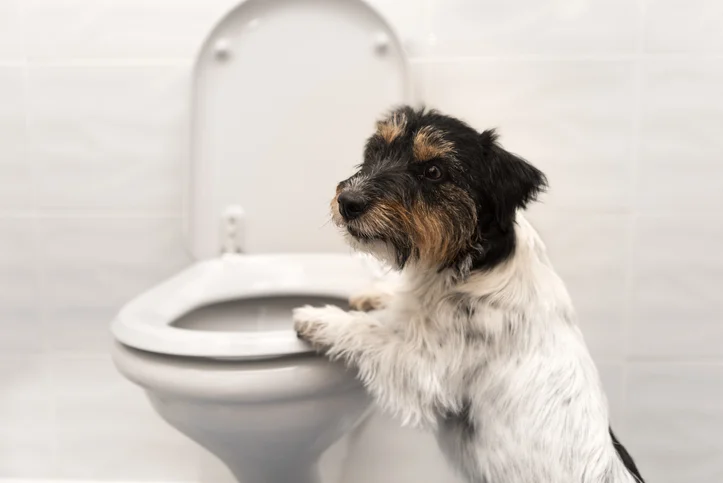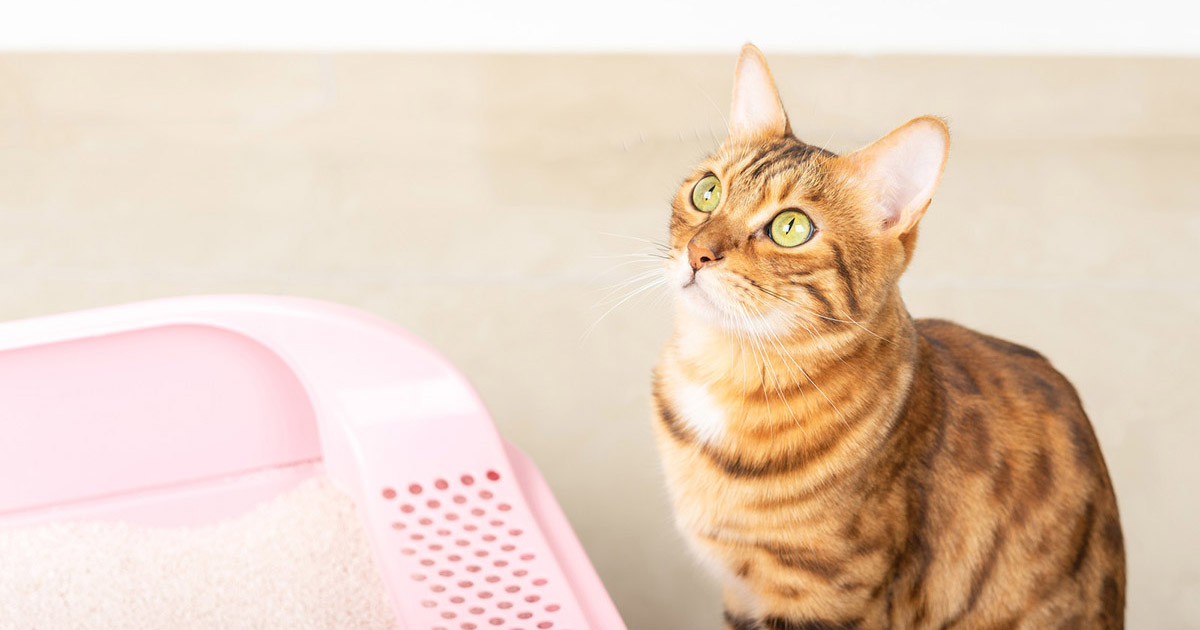How Flushing Animal Waste May be Not Advisable
How Flushing Animal Waste May be Not Advisable
Blog Article
What are your opinions on Why you should never flush dog poop down the toilet?

When it comes to getting rid of waste, especially animal waste, many people frequently turn to the hassle-free choice of flushing it down the toilet. However, this seemingly very easy solution can have major repercussions for the environment and public health. In this write-up, we'll discover why flushing pet waste down the commode is a bad concept and offer different methods for proper disposal.
Introduction
Correct waste disposal is critical for keeping ecological sustainability and public health. While it may seem safe to purge animal waste down the toilet, it can lead to different concerns, both for the setting and human health.
Threats of flushing animal waste
Environmental influence
Flushing pet waste presents damaging bacteria and microorganisms right into rivers, which can adversely influence marine ecosystems. These pathogens can pollute water resources and damage aquatic life, disrupting fragile ecosystems.
Public health problems
Animal waste contains damaging microorganisms such as E. coli and Salmonella, which can pose severe health and wellness threats to human beings. Flushing pet waste down the toilet can infect water materials, causing the spread of diseases and infections.
Alternatives to flushing
As opposed to flushing pet waste down the bathroom, there are several alternative disposal techniques that are extra environmentally friendly and sanitary.
Composting
Composting animal waste is an environmentally friendly means to get rid of it. By composting, raw material is broken down into nutrient-rich soil, which can be used to feed yards and plants.
Land fill disposal
Throwing away pet waste in a land fill is another alternative. While not as eco-friendly as composting, it is a much safer option to flushing, as it avoids the contamination of water resources.
Animal garbage disposal systems
There are specific animal garbage disposal systems available that safely and hygienically take care of pet waste. These systems frequently use enzymes to break down waste and remove smells.
Actions to proper animal garbage disposal
To make sure correct disposal of animal waste, adhere to these actions:
Scooping and getting waste
Frequently scoop and bag pet waste making use of eco-friendly bags. This avoids waste from infecting the setting.
Utilizing designated waste containers
Dispose of bagged animal waste in marked waste bins, such as garden compost bins or land fill containers. Avoid flushing it down the bathroom whatsoever costs.
Cleaning up can and pet dog locations frequently
Routinely tidy can and family pet areas to avoid the accumulation of waste and bacteria. Use pet-safe cleaning items click here to keep hygiene.
Benefits of appropriate disposal methods
Adopting correct disposal techniques for pet waste supplies several advantages:
Decreased environmental pollution
Proper disposal approaches decrease the risk of environmental pollution, shielding rivers and environments from contamination
Minimized risk of water contamination.
By avoiding flushing pet waste down the bathroom, the risk of water contamination is substantially reduced, protecting public health.
Enhanced hygiene and health
Correct disposal methods promote better cleanliness and health, creating a more secure setting for both humans and pets.
Verdict
In conclusion, flushing pet waste down the toilet is harmful to the atmosphere and public health. By adopting different disposal methods and complying with proper waste monitoring techniques, we can minimize the negative impact of pet waste and contribute to a cleaner, healthier world.
What To Do With Dog Poo – The Do's And Don'ts Of Disposing Of Faeces
Dog poo bins
Some councils provide dedicated dog waste bins in popular dog-walking areas that can take dog poo that has been bagged but you can legally dispose of dog waste in any public litter bin, as long as it is securely bagged. This also applies to your wheelie bin at home.
Do not flush
Water companies do not recommend flushing dog faeces down the toilet because certain parasites can survive the water processing treatment and are potentially harmful to humans. You should also never consider flushing dog poo that has been bagged down the toilet as the bags will not break down and instead create severe blockages in the sewage system.
In the woods
The Forestry Commission promotes a ‘stick and flick’ method for dealing with waste in the woods. This means finding a stick and using it to flick any poo from off the path so that it is out of the way of other walkers. You could also bury it as long as it is not in an area where there might be livestock.
Livestock
Parasites found in dog poo can be transmitted to livestock if they inadvertently eat infected faeces that has been left on grazing land. This could result in the death of sheep or abortion in cattle so you should always make sure you pick up your dog’s waste in fields where livestock could be present.

Routinely tidy can and family pet areas to avoid the accumulation of waste and bacteria. Use pet-safe cleaning items click here to keep hygiene.
Benefits of appropriate disposal methods
Adopting correct disposal techniques for pet waste supplies several advantages:
Decreased environmental pollution
Proper disposal approaches decrease the risk of environmental pollution, shielding rivers and environments from contamination
Minimized risk of water contamination.
By avoiding flushing pet waste down the bathroom, the risk of water contamination is substantially reduced, protecting public health.
Enhanced hygiene and health
Correct disposal methods promote better cleanliness and health, creating a more secure setting for both humans and pets.
Verdict
In conclusion, flushing pet waste down the toilet is harmful to the atmosphere and public health. By adopting different disposal methods and complying with proper waste monitoring techniques, we can minimize the negative impact of pet waste and contribute to a cleaner, healthier world.
What To Do With Dog Poo – The Do's And Don'ts Of Disposing Of Faeces
Dog poo bins
Some councils provide dedicated dog waste bins in popular dog-walking areas that can take dog poo that has been bagged but you can legally dispose of dog waste in any public litter bin, as long as it is securely bagged. This also applies to your wheelie bin at home.
Do not flush
Water companies do not recommend flushing dog faeces down the toilet because certain parasites can survive the water processing treatment and are potentially harmful to humans. You should also never consider flushing dog poo that has been bagged down the toilet as the bags will not break down and instead create severe blockages in the sewage system.
In the woods
The Forestry Commission promotes a ‘stick and flick’ method for dealing with waste in the woods. This means finding a stick and using it to flick any poo from off the path so that it is out of the way of other walkers. You could also bury it as long as it is not in an area where there might be livestock.
Livestock
Parasites found in dog poo can be transmitted to livestock if they inadvertently eat infected faeces that has been left on grazing land. This could result in the death of sheep or abortion in cattle so you should always make sure you pick up your dog’s waste in fields where livestock could be present.

I came across that article on 4 Reasons Why Dog Poop Cleanup is Important while doing a search on the search engines. If you please take the time to distribute this post if you enjoyed reading it. I treasure reading our article about .
This Site Report this page